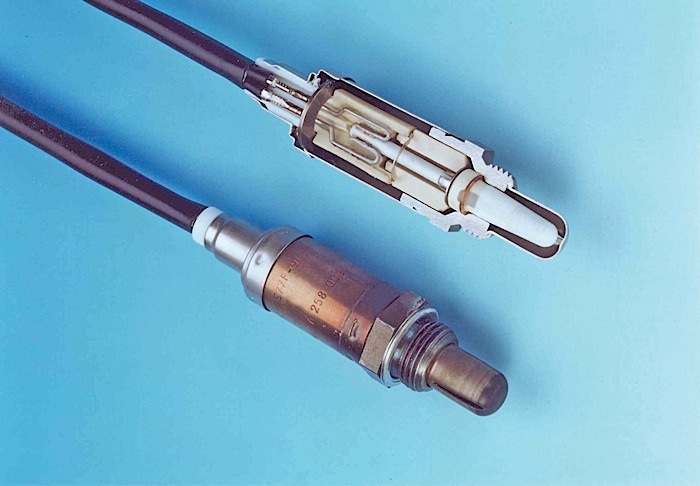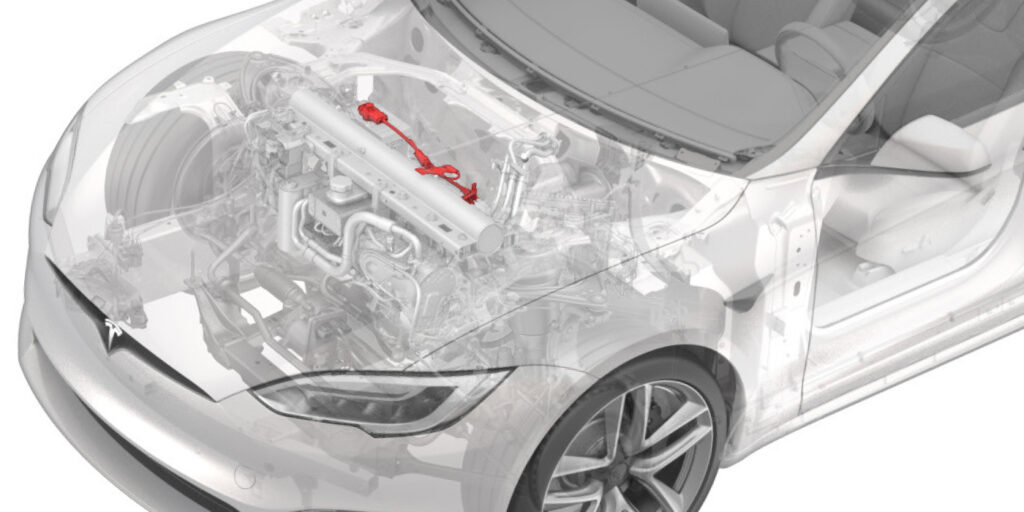Models
2010-2012 Ram 2500/3500
Symptoms
If the vehicle has any O2 sensor-related DTCs stored, pending or active, perform the repair procedure.
Repair Procedure
Both oxygen sensor connectors should be removed and new connectors with pigtails installed. The pigtail splice points should be staggered to eliminate bulk in the harness.
1. Open hood.
2. Disconnect and isolate both negative battery cables.
3. Raise and support the vehicle on a suitable hoist.
4. Disconnect the front oxygen sensor connector and remove the protective tape and plastic convoluted tubing near the sensor connector.
NOTE : In the following steps, DO NOT use tin (silver colored) splice bands. Use ONLY a brass splice band and always CRIMP AND SOLDER. Also, DO NOT solder these connections only. Failure to follow these instructions may cause excessive resistance and DTCs.
5. Replace the front oxygen sensor connector;
a. Cut and splice each wire, (one at a time) in a staggered manner to prevent excess bulk accumulation in the harness.
b. Using a splice band tool and heat shrink with glue, splice and seal each wire individually.
6. Tape wires together then install and tape the removed convolute adjacent to the connector body.
7. Clean (with shop air) the oxygen sensor connector and secure it to the vehicle harness.
8. Secure all wiring to proper anchors.
9. Repeat Step # 4 through Step # 8 for the rear oxygen sensor connector.
10. Lower vehicle, reconnect batteries.
11. Perform verification below.
Verification
Verification will ensure the oxygen sensors are properly “relearned” and functioning as desired.
1. Ensure the PCM software is current. If software is not current, please update it using the appropriate service bulletin.
2. Connect the scan tool to vehicle if not already connected.
3. Operate the vehicle until warm and then drive the vehicle at 50 MPH. Perform a zero fueling event (deceleration condition for 10 seconds, with foot off of accelerator pedal). Repeat three to five times.
4. Monitor the oxygen sensor percent with the scan tool; percent should not vary more than 4% from each other during any of the drive events. Variance of greater than 4% will result in MIL illumination.
5. Further diagnosis will be required if variance is exceeded.
Courtesy of ALLDATA















